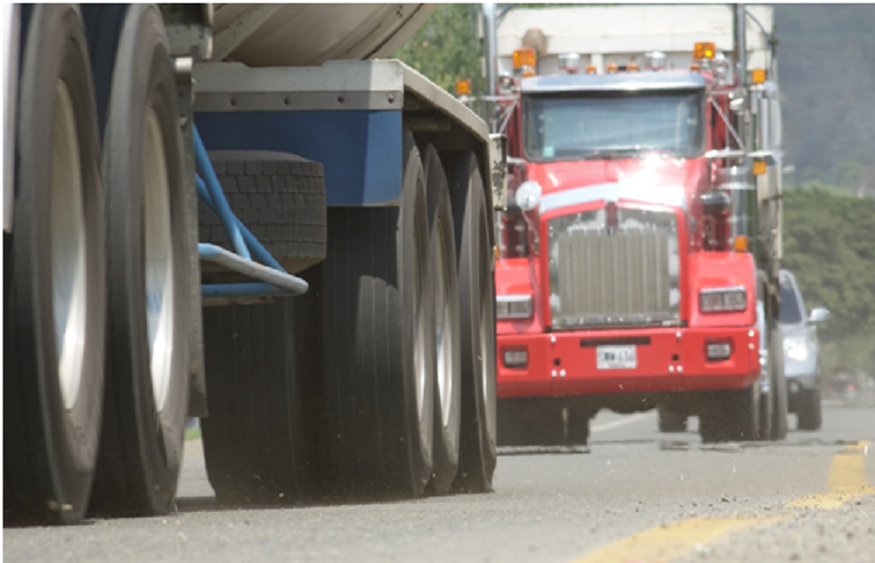Understanding the DOT Drug Test: Requirements& Procedures
4 min read
Drug testing in the workplace is an important measure for ensuring safety, especially in industries that require employees to operate vehicles or heavy machinery. In the United States, the Department of Transportation (DOT) mandates drug and alcohol testing for employees in safety-sensitive positions. These tests are crucial for maintaining safety standards and compliance with federal regulations. This article outlines the DOT drug test procedures, types of tests, and the steps involved in the process.
Who is Subject to DOT Drug Testing?
DOT drug testing applies to employees in safety-sensitive positions, including:
- Commercial drivers (CDL holders)
- Pilots and air traffic controllers
- Railroad workers
- Maritime personnel
- Transit workers
- Pipeline workers
Any employee in these roles is subject to drug and alcohol testing to ensure they are not impaired while performing safety-sensitive duties.
When are DOT Drug Tests Required?
Pre-Employment Testing: Before a new hire begins a safety-sensitive position, they must undergo a DOT drug test to confirm they are drug-free. Employers cannot allow individuals to perform these duties unless they pass this initial test.
Random Testing: DOT regulations require employers to conduct random drug testing throughout the year. Employees are selected on a random basis, and tests are administered without prior notice. This method serves as a deterrent to drug use.
Post-Accident Testing: In the event of a workplace accident, certain circumstances may require immediate drug and alcohol testing. This ensures that impairment did not contribute to the accident and helps identify any safety violations.
Reasonable Suspicion Testing: If a supervisor has reasonable suspicion that an employee is under the influence of drugs or alcohol, a test can be requested. This suspicion must be based on specific observations, such as changes in behavior, appearance, or performance.
Return-to-Duty Testing: Employees who have violated drug and alcohol regulations must undergo a return-to-duty test before resuming safety-sensitive work. This process is overseen by a Substance Abuse Professional (SAP).
Follow-Up Testing: After returning to duty, an employee who has violated DOT drug regulations may be subject to additional follow-up tests. These unannounced tests are conducted for up to five years to ensure continued compliance.
Substances Tested in DOT Drug Tests
DOT drug tests screen for the following substances:
- Marijuana (THC)
- Cocaine
- Opiates (including heroin, morphine, codeine)
- Amphetamines and methamphetamines
- Phencyclidine (PCP)
Tests do not detect alcohol directly, but separate alcohol testing procedures are conducted for employees in safety-sensitive roles.
The DOT Drug Testing Procedure
Notification
When an employee is selected for a drug test (whether random, post-accident, or another type), they are notified by their employer. The notification must be confidential, and employees are expected to report to the testing site immediately.
Reporting to the Collection Site
At the designated collection site, a trained technician will oversee the drug testing process. The most common type of test is the urinalysis, though other methods such as saliva or hair tests may be used in specific situations.
Verification of Identity
Employees must present a valid form of identification to verify their identity before the test begins. The technician will document the necessary information.
Specimen Collection
In the case of a urinalysis, the employee provides a urine sample under controlled conditions to ensure the integrity of the test. Certain privacy regulations apply, but measures are in place to prevent tampering.
Chain of Custody
Once the specimen is collected, it is sealed in a tamper-evident container, and a strict chain of custody process is followed to track the sample from the collection site to the laboratory. This ensures the sample is not altered or contaminated.
Laboratory Testing
The sample is sent to a certified laboratory for analysis. The laboratory uses a multi-step process to test for the presence of the five drug categories. If the initial test returns a positive result, a more specific confirmatory test (such as gas chromatography-mass spectrometry, or GC-MS) is performed.
Medical Review Officer (MRO)
If a drug test result is positive, a Medical Review Officer (MRO)—a licensed physician with expertise in substance abuse—reviews the result. The MRO contacts the employee to determine whether there is a legitimate medical explanation for the result (such as prescription medication). If no valid explanation is found, the result is reported as positive.
Consequences of a Positive Drug Test
If an employee tests positive for drugs, they are immediately removed from safety-sensitive duties and must follow the return-to-duty process to be eligible to work again. This process involves:
- Finding a DOT-qualified Substance Abuse Professional (SAP) and undergoing an evaluation
- Completing treatment or education as recommended by the SAP
- Passing a return-to-duty drug test
- Agreeing to follow-up testing, typically for up to five years
Refusing to take a DOT drug test is treated the same as a positive result and can lead to similar consequences.
Workplace Safety
DOT drug testing is a critical aspect of ensuring workplace safety in transportation and other safety-sensitive industries. Employers and employees alike must adhere to the regulations set forth by the DOT to maintain compliance and protect public safety. By understanding the procedures and consequences of DOT drug testing, both employers and employees can better navigate the process while contributing to a safer working environment.






